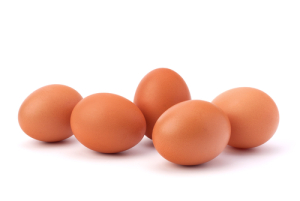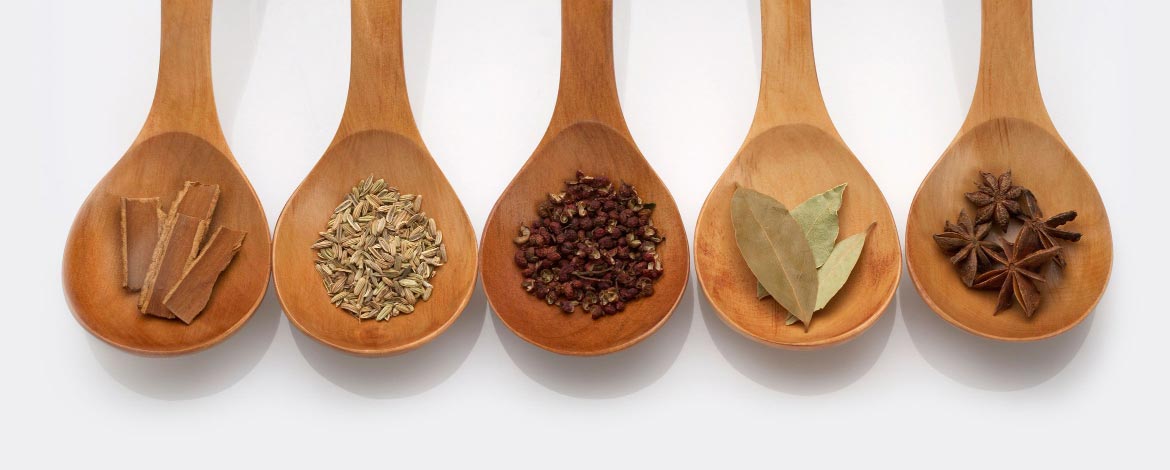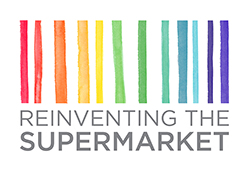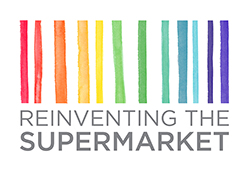Brands Struggle to Do What Health Researchers Have Failed to Do
Moving towards a consistent position on the definition of “healthy nutrition”
For over half a century the citizens and shoppers of the world have become sicker, fatter and sicker again, as they have followed the often profoundly dangerous advice of the research and medical industries, as they promoted diets high in refined carbs (masquerading as “healthy whole grains”) and industrial seed oils (promoted as “vegetable oils”). While some large corporate brands have played fundamental roles in this debacle, most brands simply shifted their product offering to reflect what they saw as “consumer demand”. Today the worlds of health, nutrition, medicine, research, agriculture, horticulture and others are embroiled in a bitter battle to decide whose science is “best” or whose sound-bite is most digestible. Vested financial interests have infected the peer review process, and “experts” are polarising into different camps supporting different definitions of the term “good nutrition”. Your supermarket brands are stuck in the middle of this battle because they often don’t know, or care, which information to believe. Instead they follow trends, mindlessly, in the hopes they’ll eventually hit a winner. If we are going to reinvent the supermarket, we must put a stake in the ground that can become a benchmark against which new, informed and passionate brands can develop their products, and shoppers can choose with safety and informed consent.

The Basics
What you need to watch, hear or read to get the basic picture on health. Remember, there’s lots more to come, so check back regularly or sign up for alerts and updates.
Sugar: The Bitter Truth
Dr Robert Lustig is a paediatric endocrinologist, and in 2009 he hit the world in a big way with his amazing lecture called Sugar: The Bitter Truth.
Why We Get Fat
Gary Taubes made his first entrance into the discussion on fats with his now-famous New York Times article, What if It’s All Been a Big Fat Lie?
The Oiling of America
Sally Fallon presents the work of famed researcher Dr Mary Enig in this essential history of how “vegetable oils” (unnaturally refined seed oils) came to be falsely positioned as the “safest” and “healthiest” fats for the human diet.
Edward Bernays & The Century of the Self
Adam Curtis’ acclaimed BBC documentary series examines the rise of the all-consuming self, now recognised as “the consumer”, against the backdrop of the Freud dynasty.
The underlying issue of GMOs today.
The first step to good nutrition.
The fundamental daily practice for good health.

Nature Provides the Healthiest Options
Even when you cannot pronounce it.
A commonly shared insight for buying products off the supermarket shelf goes something like this: If you cannot pronounce the ingredients, don’t buy it. That’s not a terrible rule of thumb, since we’d much rather buy something that shows in its ingredient’s list substances such as butter, fresh whole milk, freshly ground almonds…. you get the picture. The item next to it, probably at a significantly lower price point, that has a list of ingredients all many syllables long, is probably not very good for you. However this does not hold true all the time.
Depending on where you live and what you’re you’re buying, the labels on the products you buy may be required by law to show the scientific name instead of the common name. Many safe and even desirable foods, ingredients and substances we might find in personal care and household goods may have names that seem terrifying without a little knowledge.
For instance, while pantothenic acid may often be the name required by law, you may be comforted to know that it’s only vitamin B5. Sodium bicarbonate is the healthy natural major ingredient of baking soda (but what about the other ingredients?).
Methylsulfonylmethane would challenge most people in terms of pronunciation, but it’s a natural form of sulfur that is not only safe, but an essential nutrient in which many of us are probably deficient. The same goes for methylcobalamin which is a desirable form of vitamin B12. These are just a few examples of many.
Lastly, you have those examples, such as the tocopherols which despite the tricky name are just forms of vitamin E. However depending on the variety of that tocopherol, it may be natural or synthetic, and research questions which ones should even be used at all, and in which combinations. You need to know which is which so you can make an informed choice.
None of us learn all of this overnight. Stay with us here on Reinventing the Supermarket, and over time you’ll develop the knowledge, tools and tactics to make the wisest choices for you and your family. In the meantime, focus on just one product in your pantry or bathroom every week or so, and research every single ingredient, until you know for sure whether its something you really want to put in your mouth or on your skin!
“Let food be thy medicine and medicine be thy food.”
“Light isn’t an isolated drug but a complete pharmacy of frequencies. Live in the morning sunlight. Sleep in the dark. Heal in the red. Repeat.”

